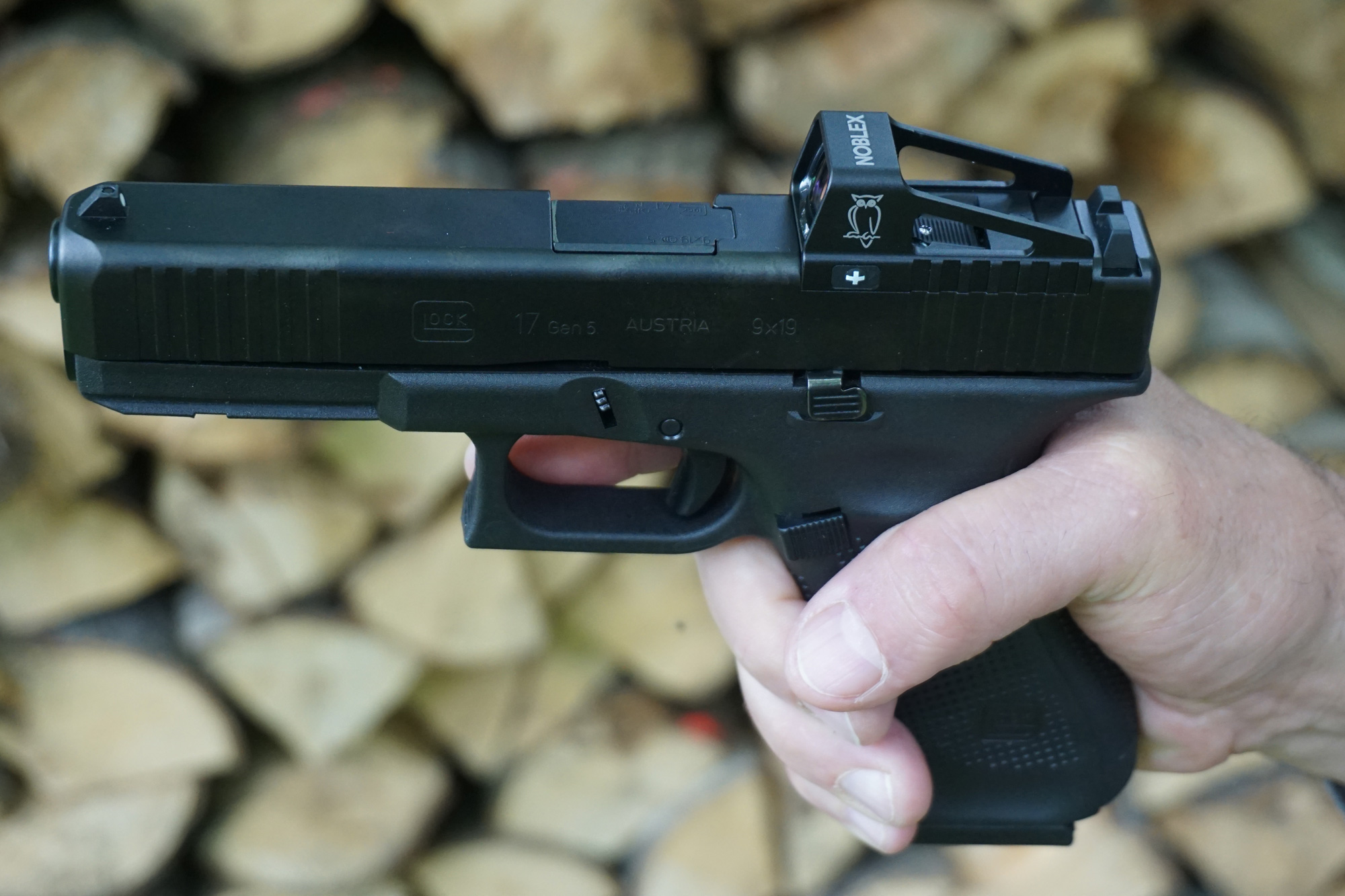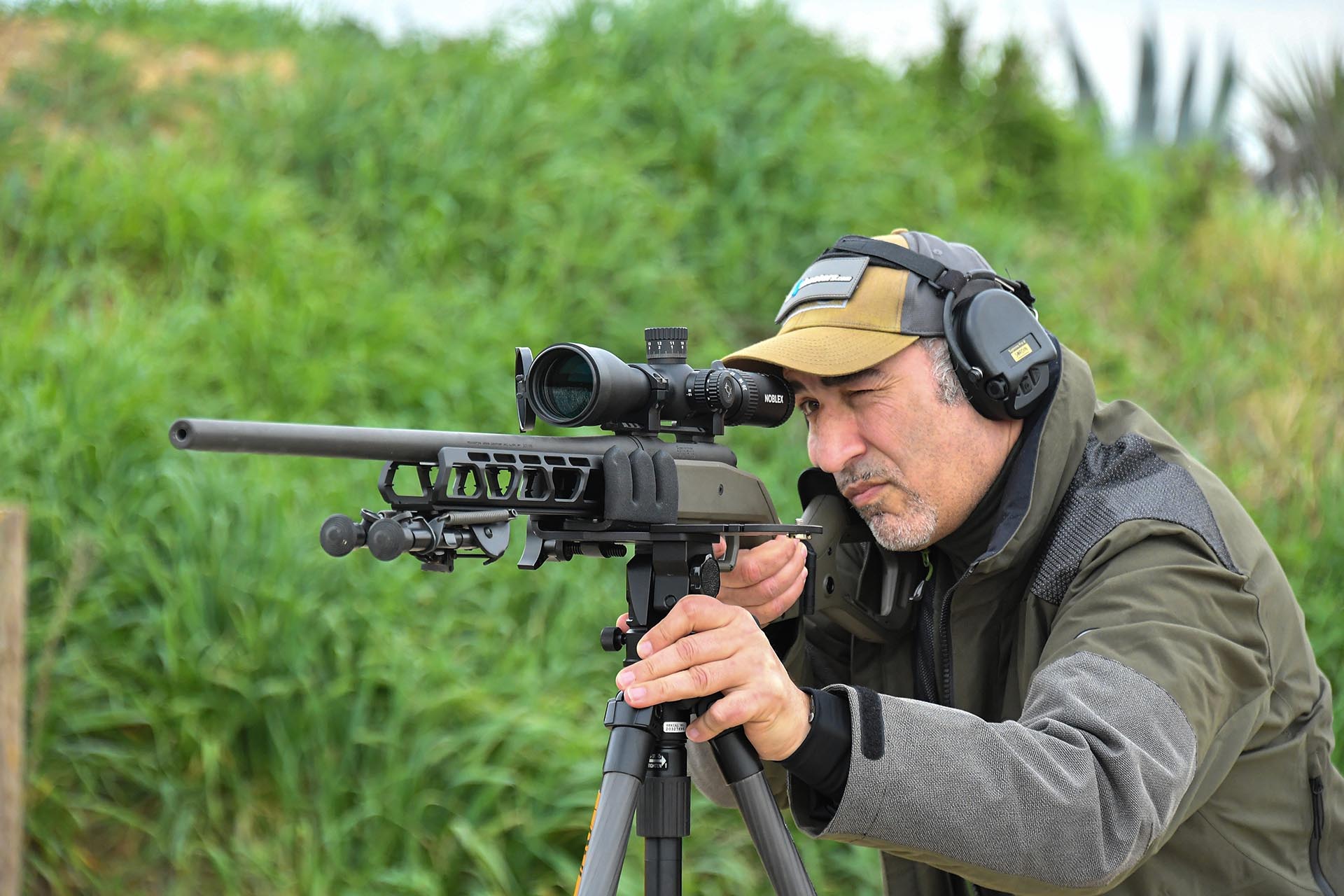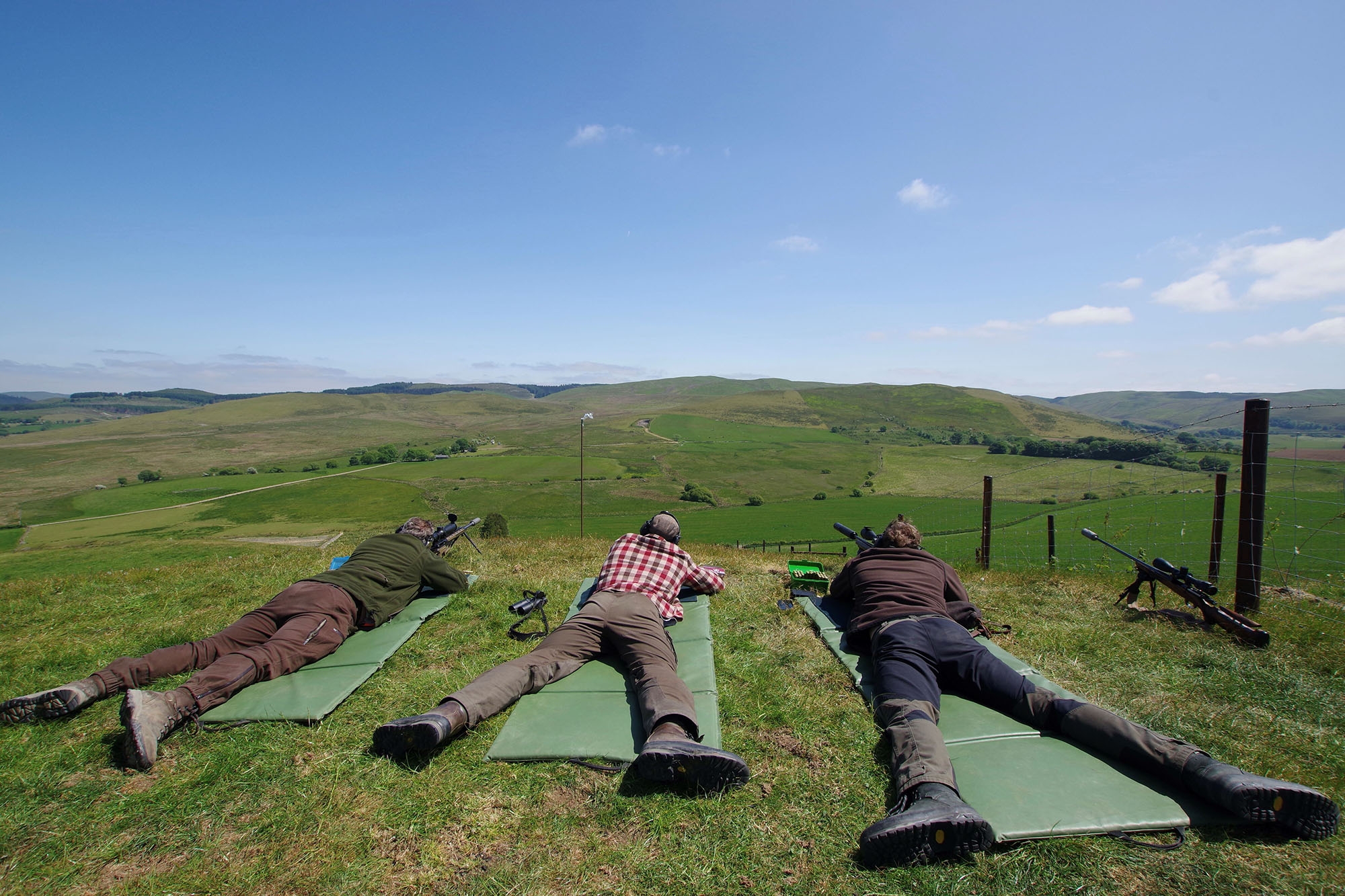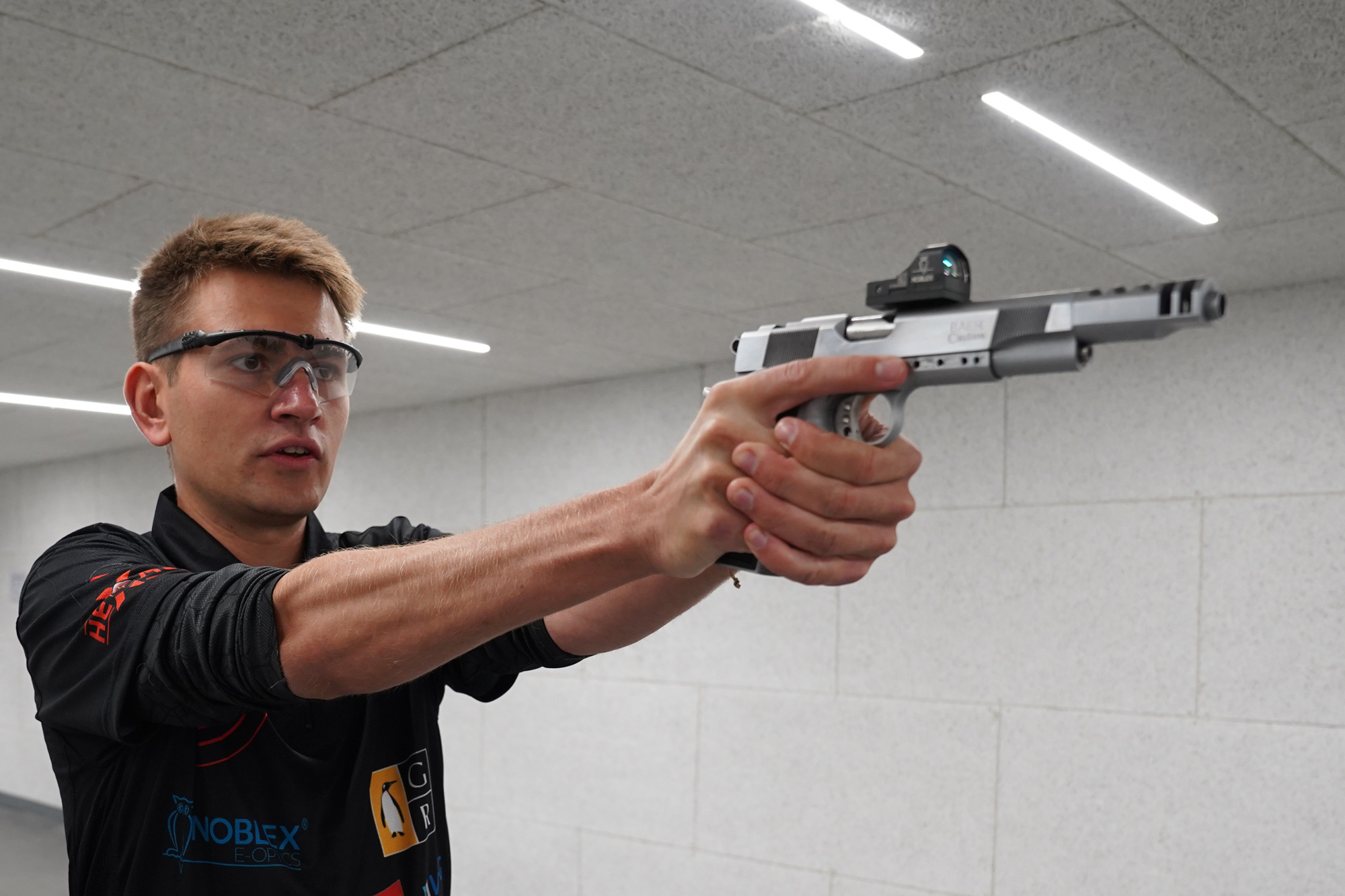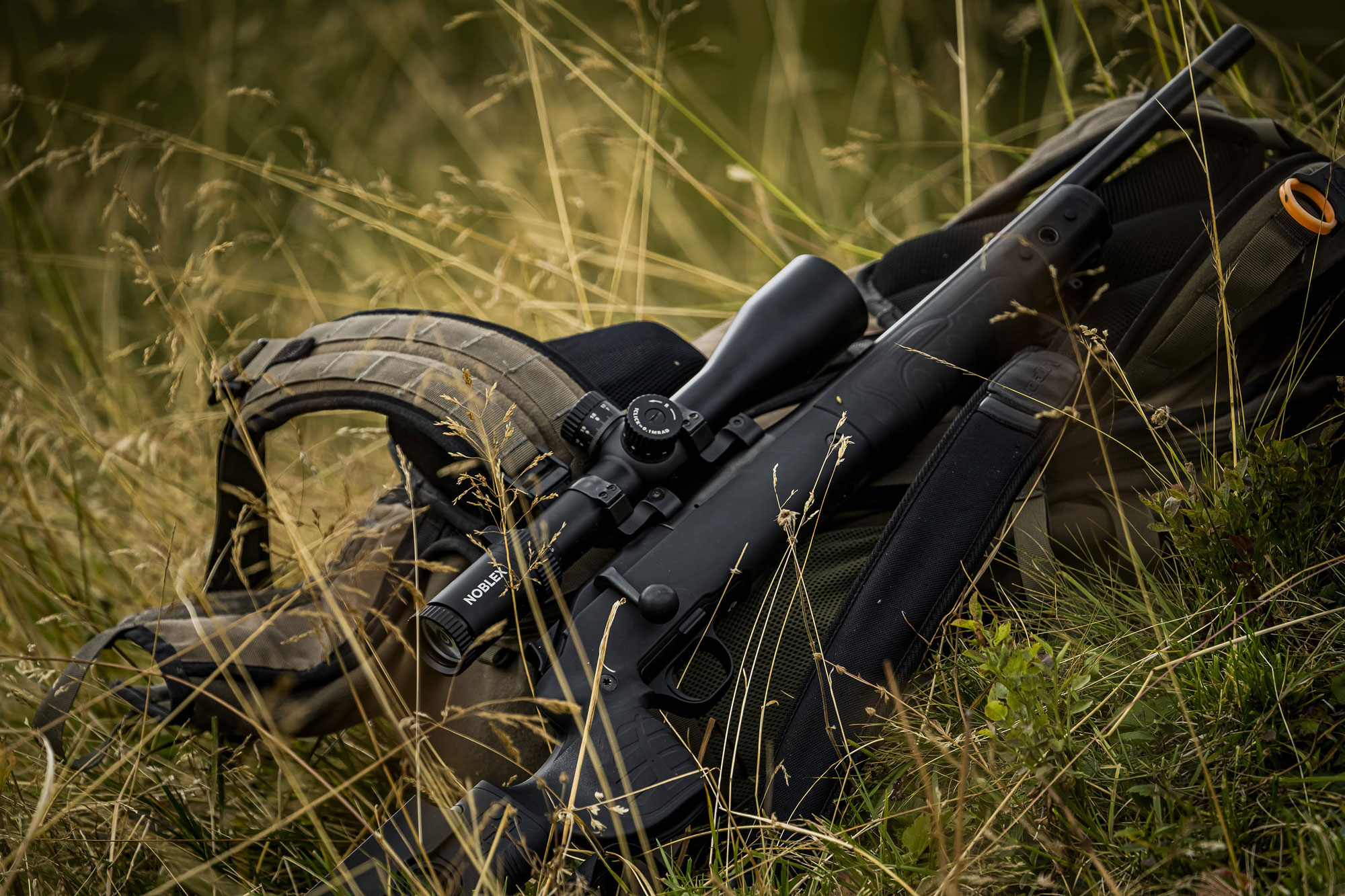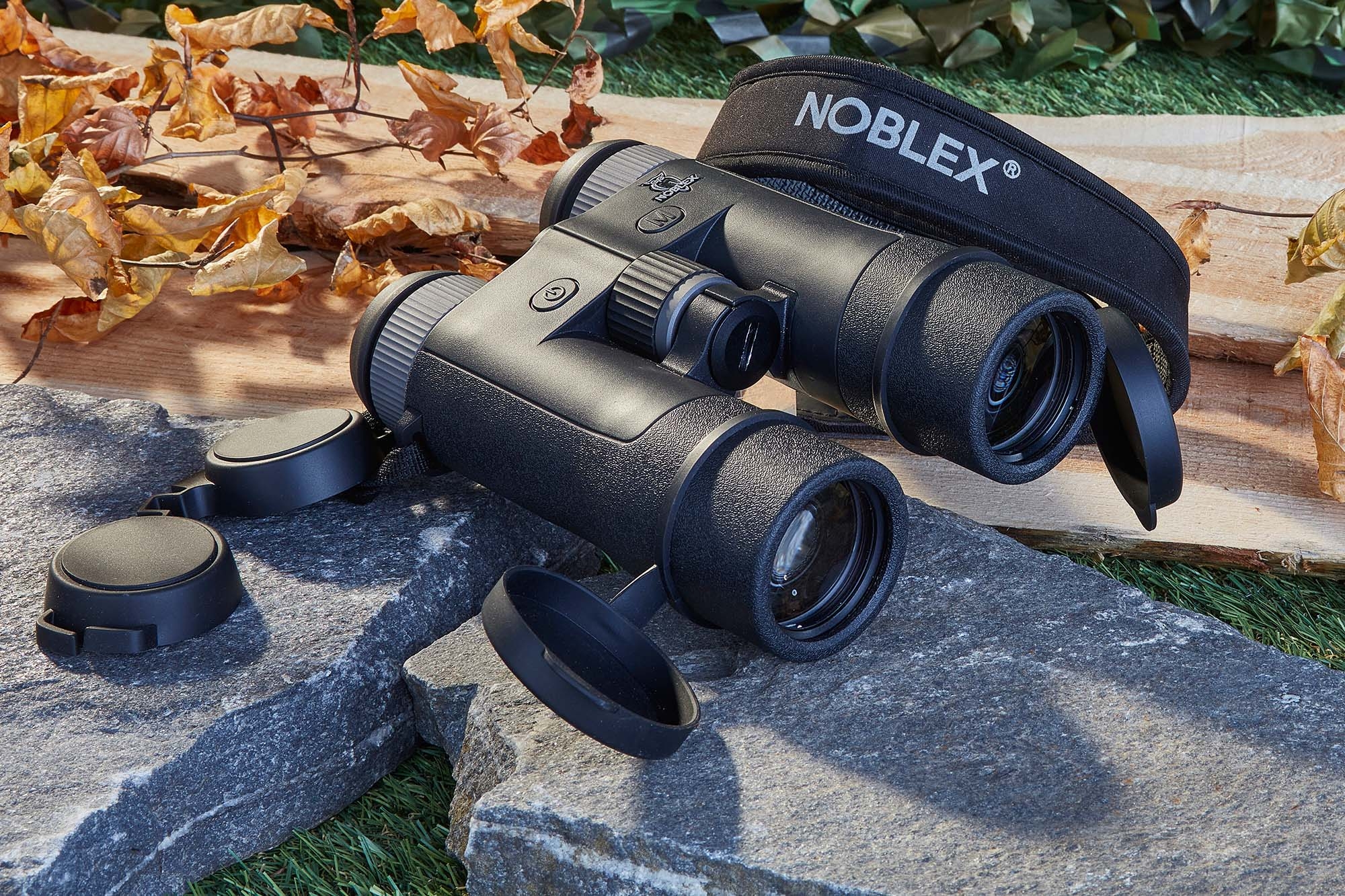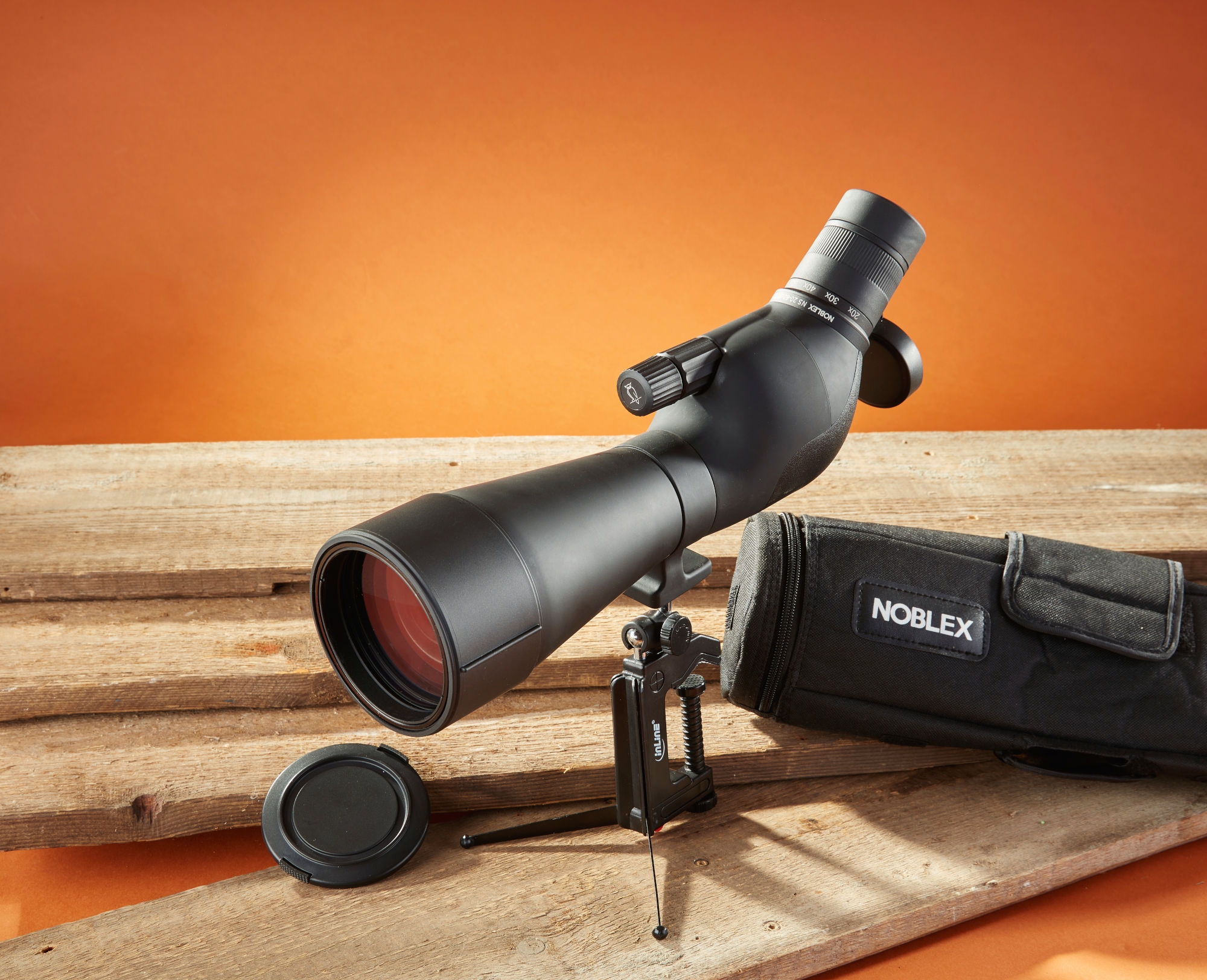At this point, we have to note one thing right away: when we recently asked Noblex E-optics about the "149 euro binoculars", we had no idea that prices on the optics market would change so rapidly in early 2023. Just a few months ago, the Noblex NF 8x25 Inception was priced at €149, but now that price is out the window. Noblex now lists the binoculars at a non-binding suggested retail price of still a very reasonable €165. This upward price trend could intensify in the future, because raw material prices, transport and energy costs have risen significantly, as is well known. In view of the background to our original question, however, the price difference of currently 16 euros does not change things too much either. But we wanted to get to the bottom of the question of what the particularly low-priced optics are all about and what buyers should look out for.
Online retail dominates the market for binoculars
When we say "Amazon determines the market," we mean the entry point for searching for a product. That is, to stay with the example of binoculars for around 150 euros. Today, the potential buyer usually starts his/her search for binoculars online. In this regard, it should be known that commercial providers can "buy" pretty much any word from Google that is not under a so-called ban with this search engine operator in order to "advertise" it. In addition, the search engine algorithm also favors the target pages that generate the most traffic for a keyword. Therefore, it is not surprising that the searcher is quickly flooded with offers from the online sales platform mentioned above. And of course, binoculars that are significantly cheaper than the said 150 euros are also displayed. Therefore, the searcher realizes that there are binoculars on the Internet that are significantly cheaper than, for example, the NF 8x25 inception from Noblex.
Noblex's expert tips: here's what you absolutely have to look out for when buying cheap binoculars
Noblex product specialist Erbert explains what to look for when buying binoculars. The first question to ask yourself before buying binoculars is: for what purpose do I need the binoculars? It should be clear to everyone that a hunter needs different binoculars than a navy captain or an ornithologist. Let's stay with the hunter example: here, too, there are different scenarios that influence the purchase. For example, if the hunter is often out stalking or in the mountains, he will need a lightweight pair of binoculars that are rugged and meet his specific needs. The raised hide hunter, on the other hand, will prefer binoculars that will still give him good optical performance at dusk and provide a clean response. Common to both scenarios is that the binoculars must still be ready for use in a variety of weather conditions. So the binoculars need to be of high quality construction and protected from the elements. So the intended type of use is the first question to address.
Another question that the buyer should ask himself/herself before purchasing his/her binoculars is: who can I contact if something is wrong with the device or if something breaks? Often, cheap online offers fail with the customer service after the purchase.

It should be clear to everyone that if you order a pair of binoculars for 30 euros from the Internet giant, at this price no real support is included in the purchase. So if a problem should ever arise with the 30 euro binoculars, it will usually be the case that the effort to repair the binoculars is greater than replacing them with new equipment. This is not sustainable. Also, you can't hold binoculars that are offered so cheap online in your hands before purchasing, which is why the way to the dealer is still worthwhile. The dealer can also show you the most necessary tricks so that you can handle the optical device properly.
If you still don't want to go to the dealer, you should take a closer look at the technical data of the binoculars and the materials used. A magnesium housing, for example, costs considerably more than a plastic housing due to the price of the material. It is also better to look twice at the lenses, their coating and the imaging performance, so that in the end you do not painfully come to the well-known wisdom: "He who buys cheap, buys twice".
Why can neither Noblex nor any other brand manufacturer in Europe manufacture good binoculars for under 150 euros?
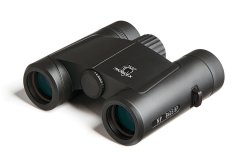
The manufacture of binoculars and optoelectronic devices is increasingly becoming a global process. Today, binoculars are still developed in Europe, but one must be aware that the final production often takes place in other countries. And the individual components of the binoculars also come from all corners of the Earth. Fluorite crystal, the raw material for lenses, for example, comes from Mexico. Magnesium is one of the most abundant elements on our planet, but almost 90 percent of it is extracted in China. Building binoculars for 150 euros in Europe has not been possible for a long time due to energy prices and labor costs.
That should be clear to everyone. Nevertheless, binoculars are still designed, developed and optimized for the end user in Europe, so you can definitely say that even such binoculars as the Noblex NF 8x25 inception at the current price of €165 (as of April 2023) ultimately have their technical origins in Germany and are based on German know-how, even if they are not manufactured in Europe. Otherwise, the price would probably be quite different...



